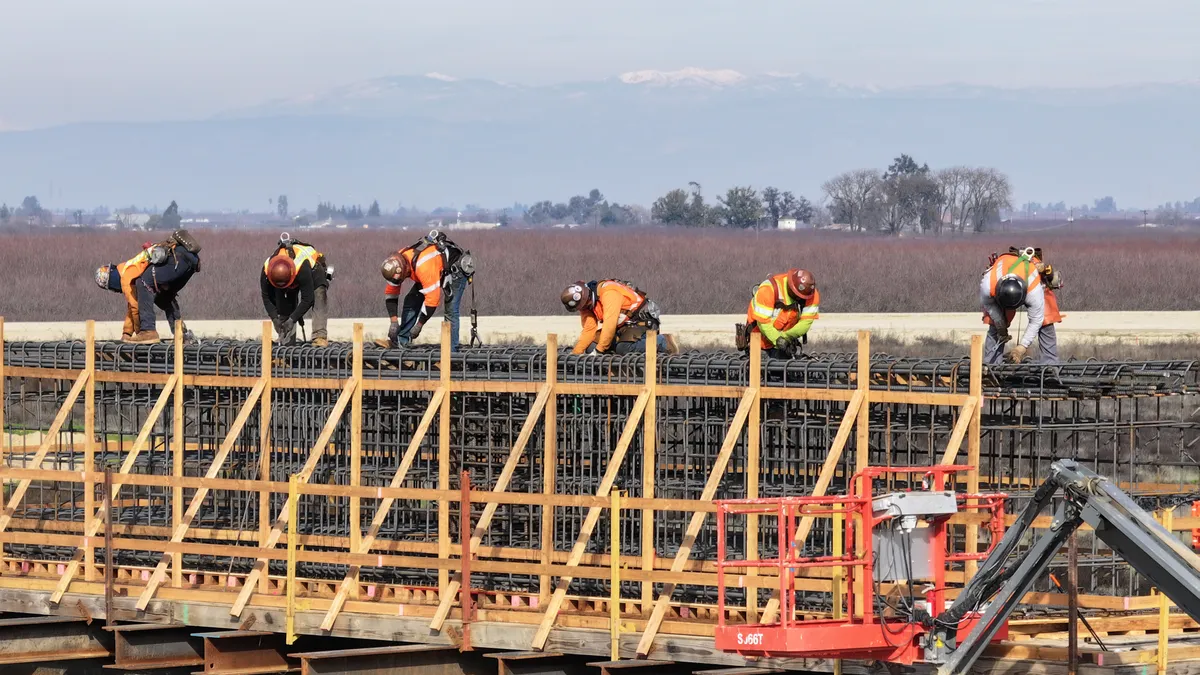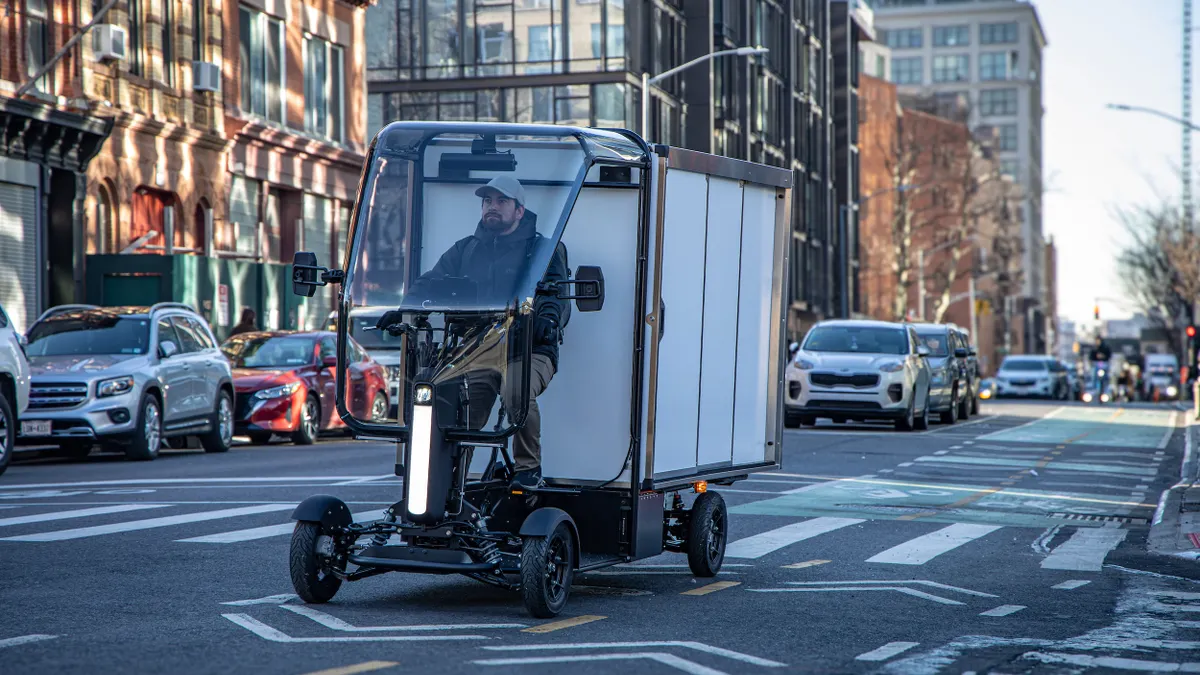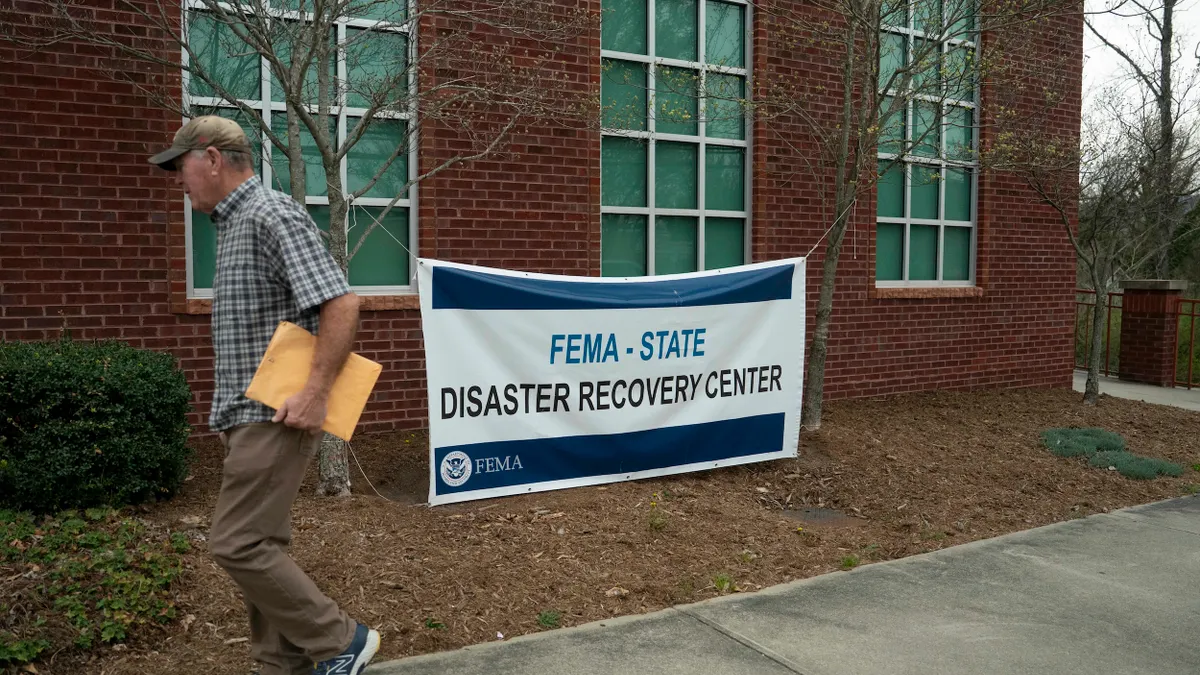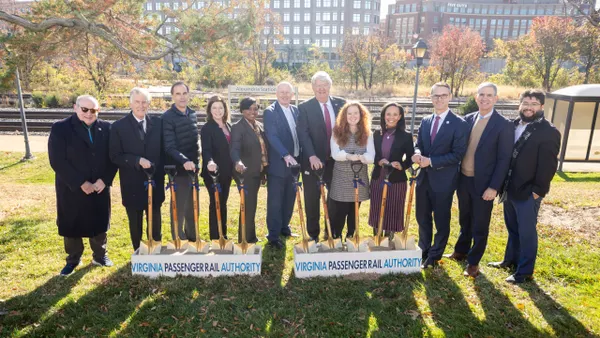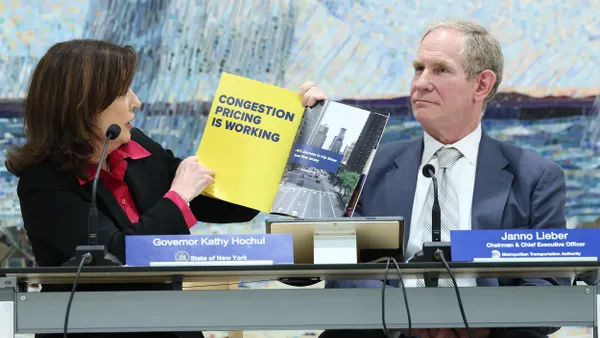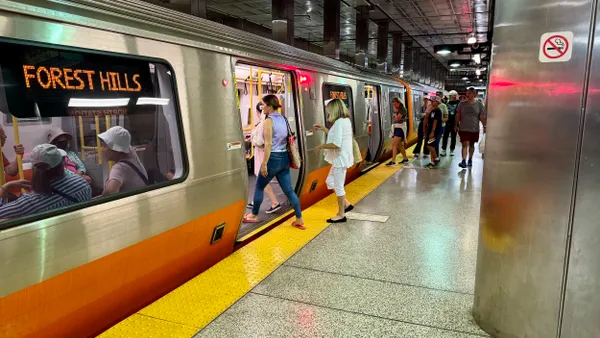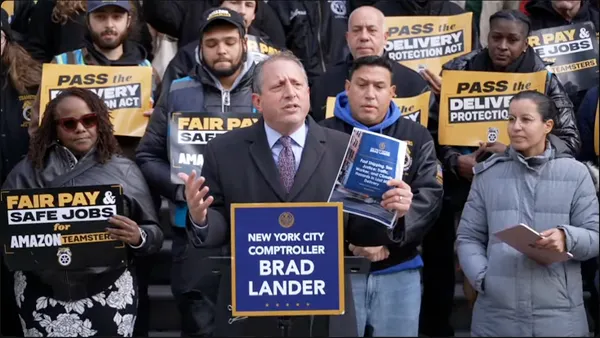California’s high-speed rail project faces an uncertain future and may need a white knight to rescue its plans to connect Los Angeles and San Francisco with 200 mph trains.
Transportation Secretary Sean Duffy in February ordered a review of the body that oversees the project, the California High-Speed Rail Authority, with an eye toward rescinding some $4 billion in federal funding. President Donald Trump said earlier this month the federal government will not pay for the project he described as “totally out of control.”
Ten years after beginning construction in the state’s Central Valley, the buildout of the initial 119-mile rail line is 81% complete. The authority’s latest estimate to get trains running on that segment is between 2030 and 2033. There is no estimate when the full LA-San Francisco line, promised to California voters in 2008, will be completed.
The authority lists a total of $26.7 billion to $29.7 billion in authorized and available funding through 2030, according to its March 1 project update report. The cost to build the full San Francisco to Los Angeles and Anaheim, California, line is estimated at up to $128 billion, according to the authority’s 2024 business plan.
Authority CEO Ian Choudri is looking to outside investors for help. “Our outreach to the private sector has been met with strong and growing interest,” he said in a May 15 news release. The authority organized an industry forum in January to engage with interested parties, “including interest from private equity firms exploring new financing opportunities.”
The authority expects to soon release a request for expression of interest for potential public-private partnerships. Possible areas of discussion include monetizing assets such as train sets, station facilities, track access, fast cargo and parcels movement. Other opportunities include transit-oriented development, real estate, allowing fiber optic lines along the right-of-way and leasing certain assets to the private sector.
Choudri looks to find cost savings, build more economically and streamline operations to build the rail line more efficiently. The authority said it would work closely with state legislators to ensure the state’s funding commitment.
California Gov. Gavin Newsom, a Democrat, proposed dedicating $1 billion annually to the high-speed rail project from the state’s cap-and-trade program in his revised fiscal year 2026 budget proposal. The program sets limits on emissions and issues a shrinking number of allowances each year under that cap. Emitters the program covers must have an allowance for each ton of their carbon dioxide emissions; they can buy and sell allowances at an auction depending on their needs, with some of the proceeds going to the state’s Greenhouse Gas Reduction Fund.



